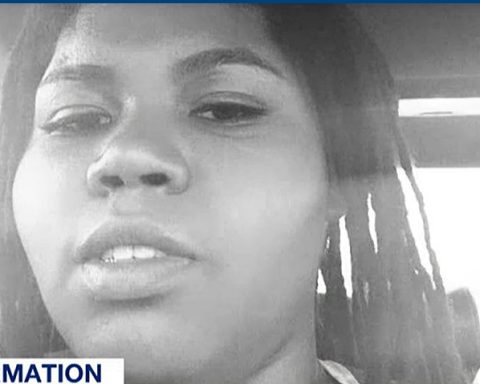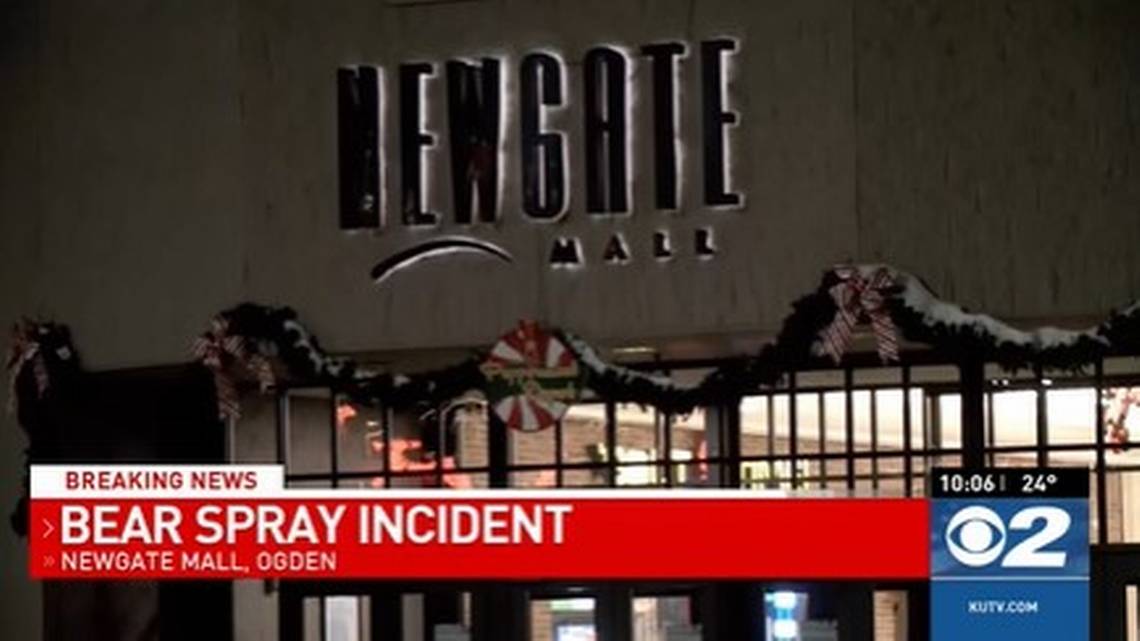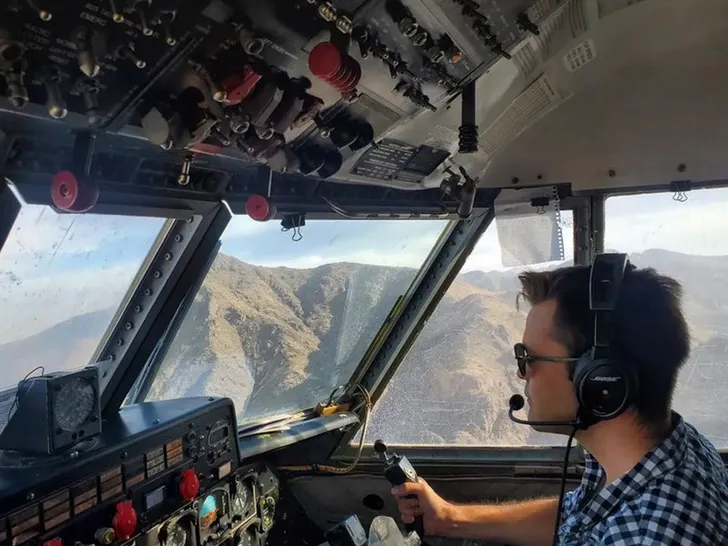
As was to be expected, the antique planes involved in Saturday’s fatal collision at a Dallas air show lacked flight data recorders, making social media essential to the inquiry, a federal official said on Sunday.
Michael Graham, a member of the National Transportation Safety Board, stated at a press conference on Sunday that “neither aircraft was equipped with a flight data recorder or a cockpit data recorder.”
Since there are no flight data recorders, he said, photos and videos of the incident at the Wings Over Dallas Airshow, which killed all six persons aboard the aircraft, could be “extremely crucial.”
The majority of other air operations, such as commuter, charter, and tour flights, as well as most vintage aircraft, do not require the use of flight data recorders or other data devices, such as cockpit recorders. This is because digital devices would frequently need to be modified to work with mechanical flight control systems in these aircraft.
The Boeing B-17G Flying Fortress involved in the incident on Saturday has an almost 90-year-old design. Russia employed a Bell P-63 Kingcobra during World War II as the other aircraft.
Since flight data technology has advanced to become more powerful and less expensive, the NTSB has pushed for broader mandates.
According to a text update from the NTSB on October 28, “The NTSB believes that other forms of passenger-carrying commercial aircraft, such as charter aircraft and aviation tours, should be equipped with data, audio, and video recording devices.”
The FAA has not required that aircraft operators install [the equipment], according to the board, citing privacy, security, cost, and other issues.
Such older aircraft weren’t specifically mentioned in the NTSB’s wish list for better crash data, though.
According to the NTSB, flight data technology, such as cockpit voice recorders, or CVRs, can aid investigators in reconstructing the sequence of events leading up to an accident, identifying its cause, and assisting manufacturers and pilots in avoiding dangerous errors.
According to the NTSB, the modern flight data recorder keeps track of at least 88 significant parameters, including altitude, airspeed, and aircraft attitude. The agency typically uses this information to create an animated computer-generated video reconstruction of the flight. The NTSB website states that a cockpit voice recorder “recorded the voices of the flight crew as well as other noises inside the cockpit.”
According to Graham, the CIA frequently looks into crashes involving aircraft without black boxes.
He stated, “Unfortunately, in many of the general aviation accidents that we observe, there is no flight data recorder or CVR, and frequently there is no video, so it’s very difficult for us to pinpoint the probable cause.
He continued, “There are situations when we are unable to identify the accident’s likely cause.
Graham requested that people send any images or videos they have taken of the accident to witness@ntsb.gov.
In four to six weeks, a preliminary report is anticipated, he said. Before the complete investigation’s report is made public, he predicted that it will take 12 to 18 months.
Graham stated that the investigation’s main areas of attention will be airworthiness, operations, air traffic control, and air performance.
According to Graham, NTSB investigators are starting interviews and getting audio records from air traffic control while also studying radar and video to determine exactly where the crash took place.
The Commemorative Air Force, the group that organized the display, will also provide documents on pilot education and aircraft maintenance, according to officials. After relocating the engines and airframes to a secure area, they will analyze both of these components, he added.
Whether a mechanical malfunction or a pilot error contributed to the disaster cannot yet be determined, according to Graham.
He declared, “We’ll look at everything we can and let the evidence guide us to the right decision.”
The CEO of Dallas County, Clay Jenkins, and the Wings Over Dallas Airshow organizers both verified that six persons perished in the collision—five on the B-17G and one on the P-63.
Seventh-year show highlights World War II aviation prowess and technology, according to organizers. The Commemorative Air Force, which is the group that owns the aircraft, had a fleet of 180 aircraft prior to the incident.
Hank Coates, the CEO of the nonprofit group, stated at a news conference on Saturday that its pilots, who are frequently seasoned former military and commercial carrier flights, are rigorously screened.




